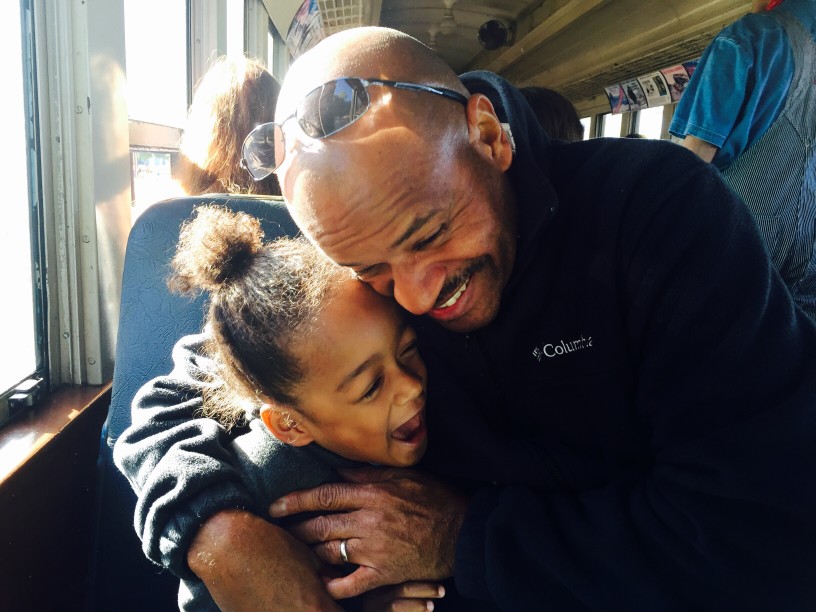Combating fear, and growing up safe in an unsafe world
Young people who feel threatened, unsafe, or scared often spend a lot of time trapped in fear or in their attempts to protect themselves. They’re less likely to venture forth and take some healthy risks. On the other hand, young people who feel safe are more likely to feel secure enough to try new things. That’s why safety is an important part of feeling empowered. Fear, both imaginary and real, is a normal part of growing up. The key is learning to overcome it. Safety is Asset 10 of Search Institute’s 40 Developmental Assets, the qualities, experiences, and relationships that help young people grow up healthy, caring, and responsible.
Here are the facts
Research shows that young people who feel safe in their surroundings are more likely to make positive contributions. About 51 percent of young people, ages 11–18, say they feel safe at home, at school, and in their neighborhood, according to Search Institute surveys. The key to safety is to create and maintain an environment that minimizes fear and maximizes opportunities to take healthy risks.
Tips for building this asset
Media reports fuel reality-based fears, such as crimes and accidents. You may inadvertently add to young people’s insecurity by feeling anxious yourself and believing the world is dangerous. Young people pick up on adults’ attitudes and beliefs even if they don’t tell children how they’re feeling. Be aware of your behavior, body language, and words—and those coming from others. When you talk to young people about particularly upsetting or frightening events, remind them such occurrences aren’t common. Point out the many ways people take care of one another to be safe.
Also try this:
- In your home and family: Discuss with your child suggestions for how to remain safe in certain circumstances, and role-play situations. For example, create—and practice—an escape plan in case of a fire in your home. Identify a neighbor your child can go to in an emergency.
- In your neighborhood and community: Donate your time, materials, or other resources to a local community center where children can safely play. If there isn’t a community center near you, work to establish one or create other safe activities for young people in your neighborhood.
- In your school or youth program: Discuss with young people what it means to be safe at school or in your program. Encourage them to tell you—or other caring adults—if their safety ever feels threatened.
—
Developmental Assets® are positive factors within young people, families, communities, schools, and other settings that research has found to be important in promoting the healthy development of young people. From Instant Assets: 52 Short and Simple E-Mails for Sharing the Asset Message. Copyright © 2007 by Search Institute®, 877-240-7251; www.search-institute.org. This message may be reproduced for educational, noncommercial uses only (with this copyright line). All rights reserved.
